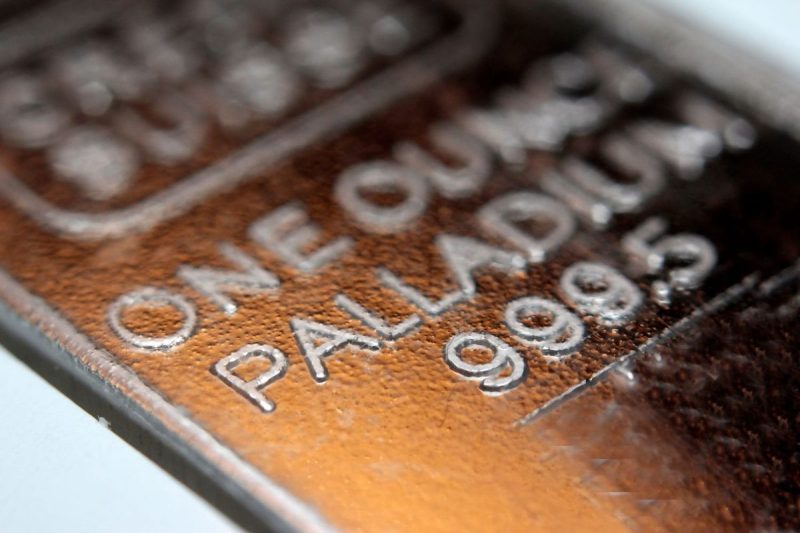In the rapidly evolving global financial landscape, the dynamics of power and influence are constantly shifting between major economic players. As the United States takes a firm stance on G7 sanctions, emerging economies within the BRICS bloc are considering alternative trade strategies to navigate the changing geopolitical landscape. This push for diversification and the pursuit of new opportunities has led to a surge in the popularity of Programmable Money (PGMs) as a potential game-changer in the world of finance.
PGMs are a cutting-edge financial innovation that utilizes blockchain technology to provide a new level of flexibility and efficiency in monetary transactions. By embedding smart contracts into digital currencies, PGMs enable programmable features that allow for real-time automation and customization of transactions, significantly streamlining the financial process. This level of adaptability and transparency has caught the attention of investors and financial institutions alike, driving a surge in demand for PGMs as a secure and efficient financial tool.
The recent escalation of tensions between the U.S. and its allies over G7 sanctions has created a sense of urgency among other major economies to diversify their trade relationships and explore new opportunities. In response, the BRICS nations – Brazil, Russia, India, China, and South Africa – are increasingly looking towards developing alternative trade platforms that reduce their dependency on Western financial systems. PGMs offer a promising solution in this regard, providing a decentralized and efficient means of conducting cross-border transactions without the need for traditional intermediaries.
The versatility of PGMs extends beyond traditional financial transactions, with the potential to revolutionize various industries and sectors. From enhancing supply chain management to streamlining insurance claims processing, the programmable features of PGMs have the capacity to optimize a wide range of processes and increase overall efficiency. By leveraging this technology, businesses and governments can unlock new possibilities for innovation and growth in the global marketplace.
As the demand for PGMs continues to grow, it is crucial for regulatory bodies and policymakers to establish clear guidelines and frameworks to ensure the safe and responsible adoption of this technology. By promoting transparency and accountability in the use of PGMs, governments can foster a secure and stable financial environment that encourages innovation and growth. Furthermore, collaboration between industry stakeholders and regulatory authorities will be essential in developing best practices and standards that promote the widespread adoption of PGMs as a reliable and effective financial tool.
In conclusion, the surge in popularity of PGMs reflects a broader trend towards innovation and diversification in the global financial landscape. As major economies seek to navigate geopolitical challenges and explore new trade opportunities, the programmable features of PGMs offer a promising solution for streamlining transactions and enhancing efficiency. By embracing this technology and fostering a supportive regulatory environment, countries can position themselves at the forefront of the digital revolution in finance and unlock new possibilities for growth and prosperity.

